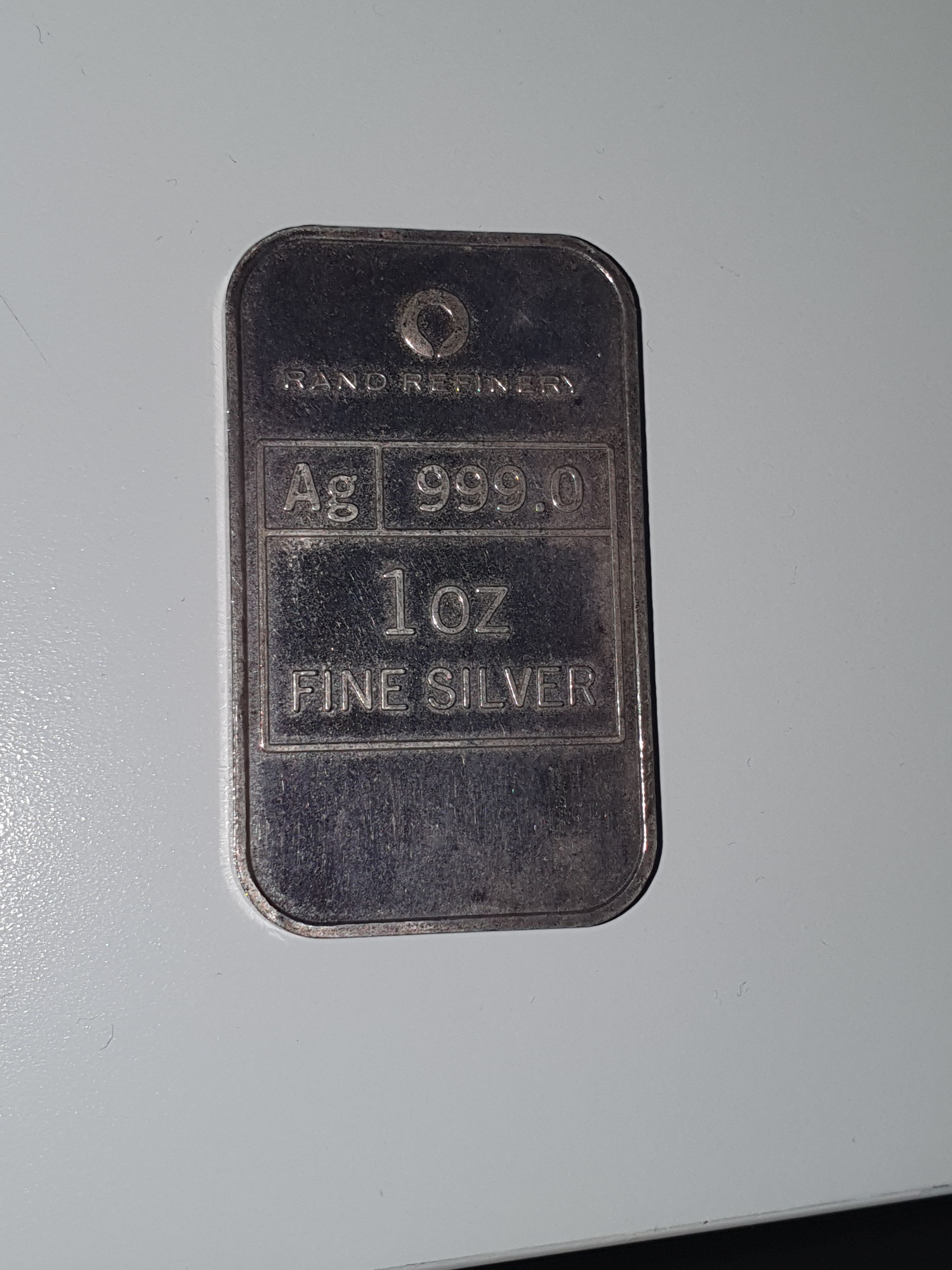
swtan
No personal profile
13Follow
1Followers
0Topic
0Badge
Like and comment pls!
Wall Street Crime And Punishment: The Rise And Fall Of Crazy Eddie
Like and comment pls!
Sorry, the original content has been removed
Like and comment pls!
Sorry, the original content has been removed
Like and comment pls!
Sorry, the original content has been removed
Like and comment pls!
Sorry, the original content has been removed
Like and comment pls!
Sorry, the original content has been removed
Like and comment pls!
Sorry, the original content has been removed
Like and comment pls!
Zoom Video to Report Q1 Earnings: What's in the Cards?
Go to Tiger App to see more news